Five gallon buckets with a twist/Al and others to the rescue plz.
ole_dawg
16 years ago
Related Stories
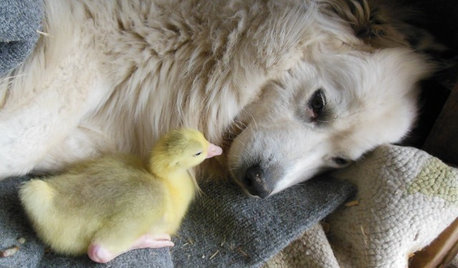
HOUZZ TV FAVORITESHouzz TV: Life, Love and Purpose Down on the Farm
A Missouri native proves that you can go home again — and discover something entirely unexpected
Full Story
MOST POPULARThe Right Way to Test Paint Colors
Here are 5 key steps to take to ensure you're happy with your wall paint color
Full Story
LIFEHouzz Call: Show Us Your Nutty Home Fixes
If you've masterminded a solution — silly or ingenious — to a home issue, we want to know
Full Story
DECORATING GUIDESThe Dumbest Decorating Decisions I’ve Ever Made
Caution: Do not try these at home
Full Story
UNIVERSAL DESIGNWhat to Look for in a House if You Plan to Age in Place
Look for details like these when designing or shopping for your forever home
Full Story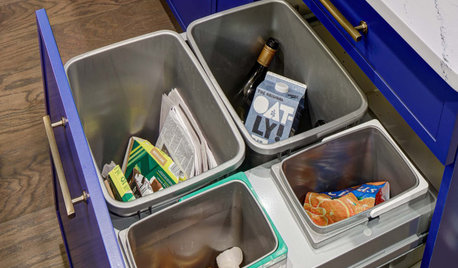
KITCHEN STORAGEHow to Get Your Pullout Waste and Recycling Cabinets Right
Personalize your kitchen waste storage with the best bin configuration and pullout system
Full Story
REMODELING GUIDESBathroom Remodel Insight: A Houzz Survey Reveals Homeowners’ Plans
Tub or shower? What finish for your fixtures? Find out what bathroom features are popular — and the differences by age group
Full Story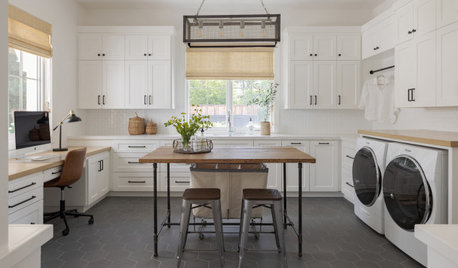
HOUSEKEEPINGHow to Clean Your Washing Machine
Cleaning your washer once a month will ensure that it stays spick-and-span along with your clothes
Full Story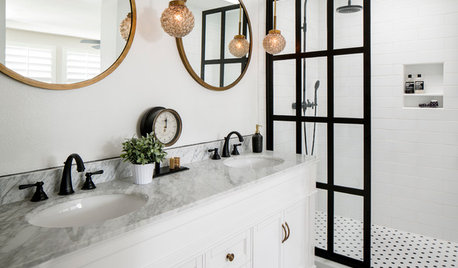
BEFORE AND AFTERSBefore and After: 6 Bathrooms That Said Goodbye to the Tub
Sleek showers replaced tub-shower combos in these bathroom remodels. Could this be an option for you?
Full Story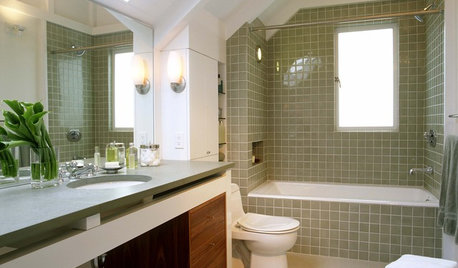
BATHROOM DESIGN12 Things to Consider for Your Bathroom Remodel
Maybe a tub doesn’t float your boat, but having no threshold is a no-brainer. These points to ponder will help you plan
Full Story






emgardener
tapla (mid-Michigan, USDA z5b-6a)
Related Professionals
West Milford Landscape Architects & Landscape Designers · Fort Lee Landscape Architects & Landscape Designers · Alexandria Landscape Contractors · Edmond Landscape Contractors · Danvers Landscape Contractors · Mendota Heights Landscape Contractors · National City Landscape Contractors · Streamwood Landscape Contractors · Thornton Landscape Contractors · Lockhart Solar Energy Systems · Wichita Window Contractors · Graham Window Contractors · Syracuse Fence Contractors · Woodinville Fence Contractors · Yorba Linda Fence Contractorsdangsr_grow
ole_dawgOriginal Author
nandina
ole_dawgOriginal Author